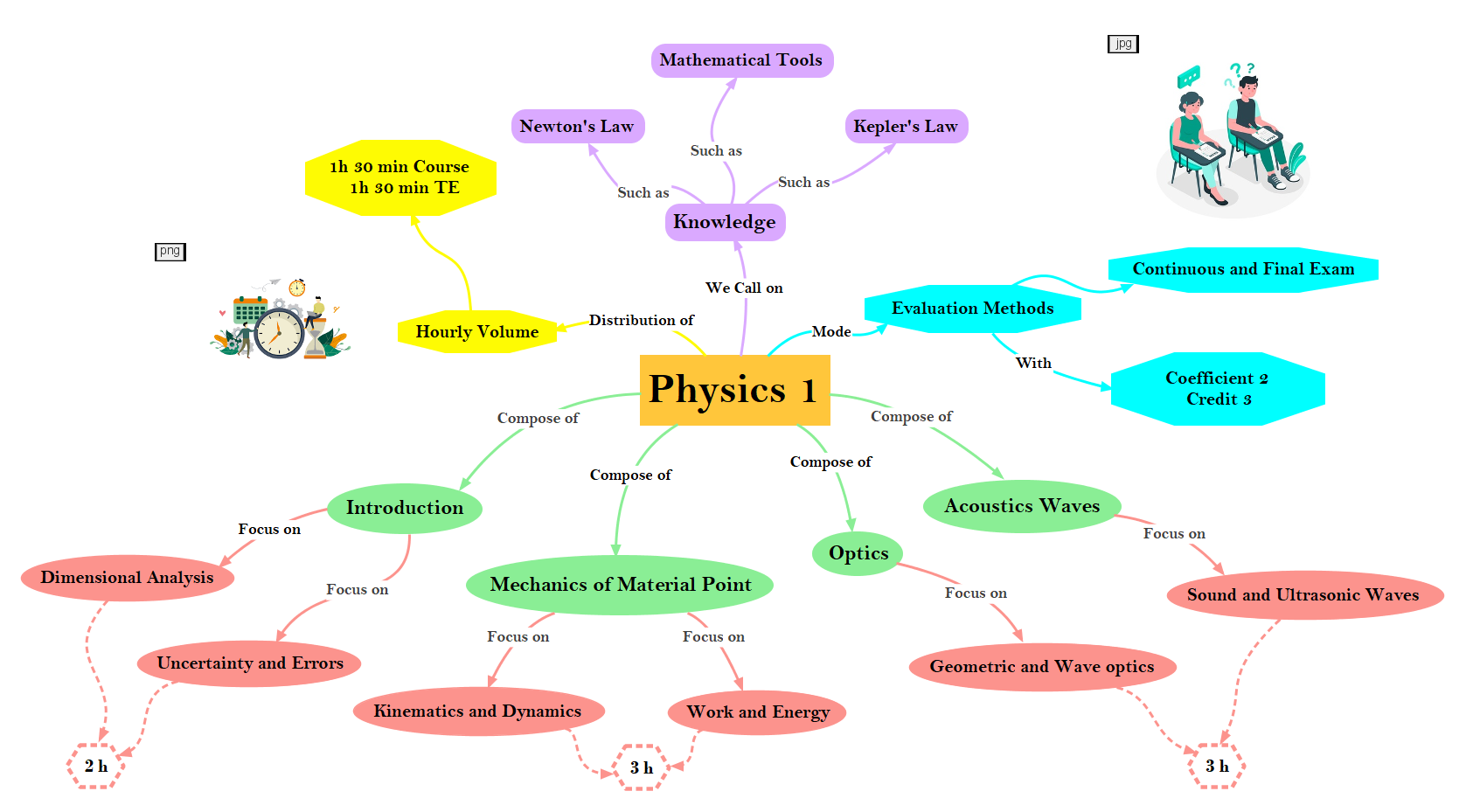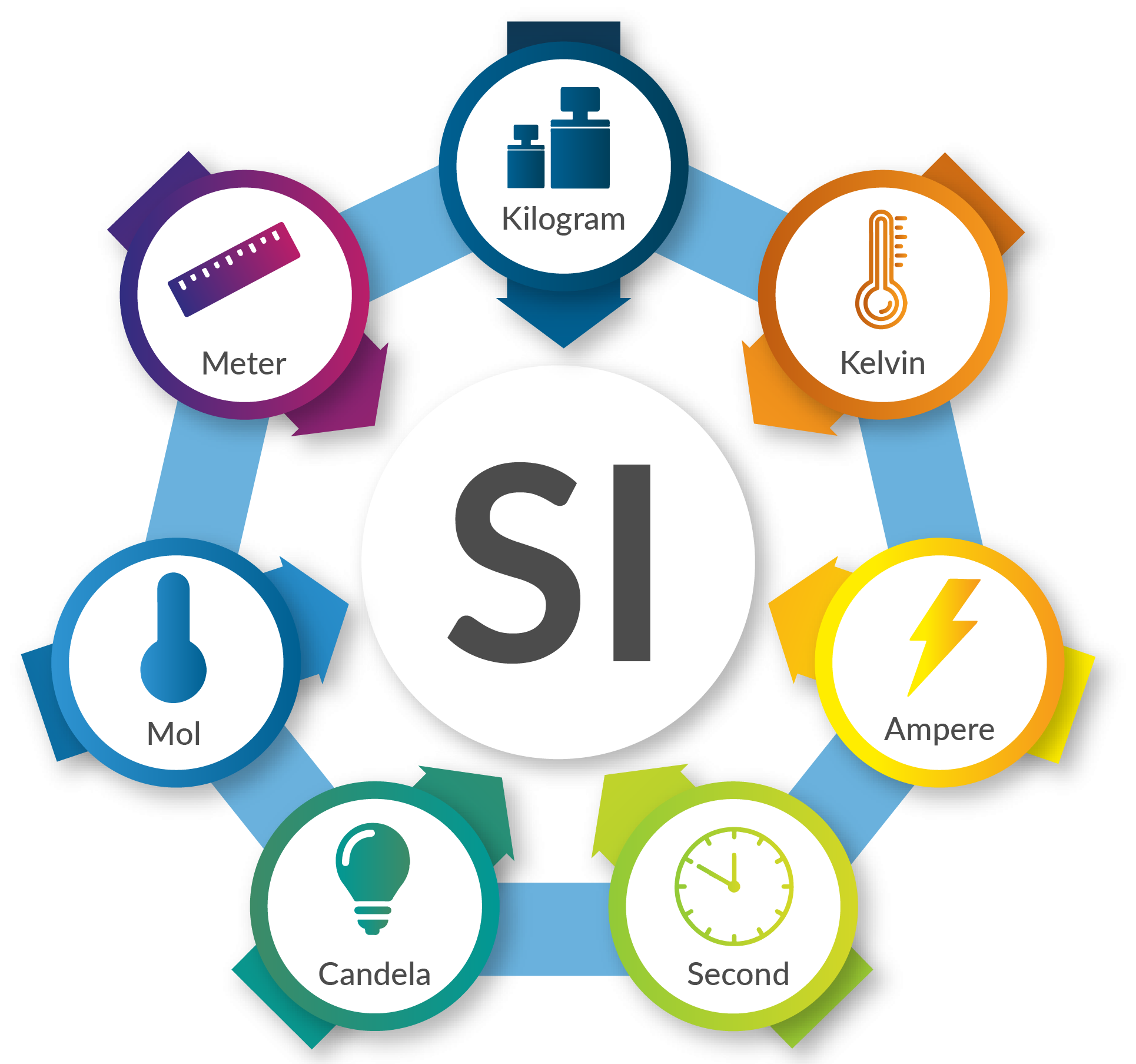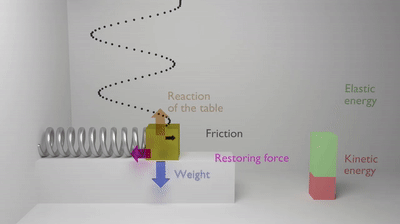Physics 1 Course

Physics is the science that studies matter and the fields affecting it, such as gravity, the exploitation of the energies associated with matter and its movement, and the ability to transform energy into its various forms. It attempts to measure it and develops a mathematical model capable of representing it outside the experimental laboratory. One of the basic features of physics is that it is an experimental science that does not depend on the theoretical side only.
This course entitled Physics 1 is intended for first-year students of « Earth and Universe Sciences ». This course offers an in-depth introduction to the basics of general physics and aims to deepen students' knowledge in the domain of mechanics, optics, acoustic waves, etc. It allows students to acquire basic knowledge in physics so they can employ it in various fields and use it in all problems they encounter during their training.












